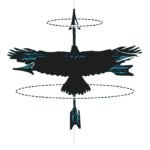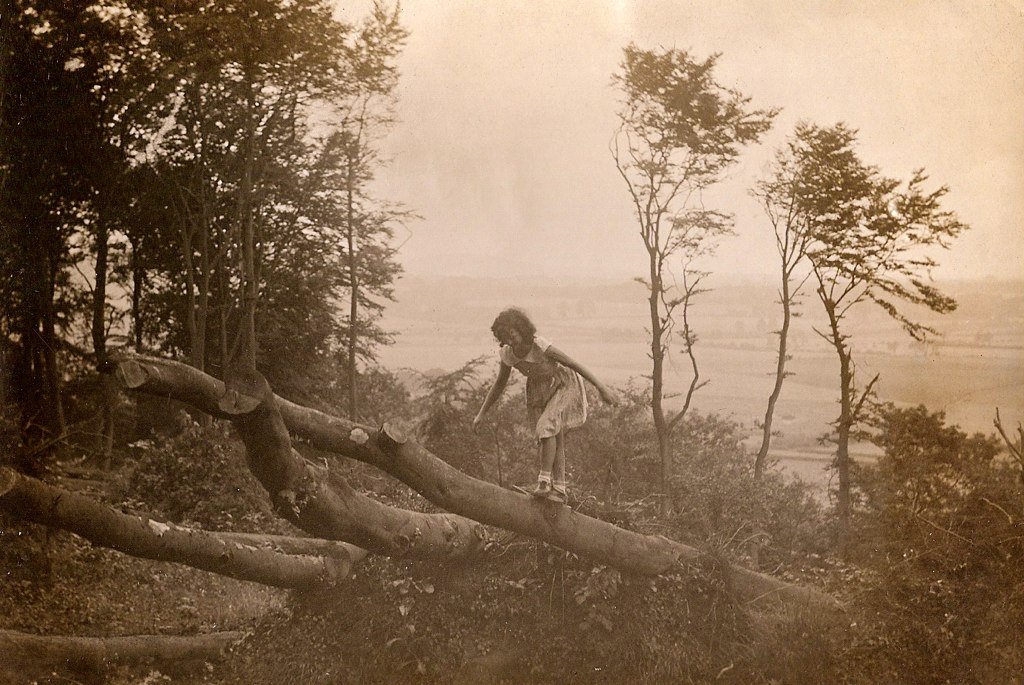There is a round bruise on the left side of my spine where the physical therapist has placed the mouth of a little plastic cup and sucked up all my stress into a taut skin balloon. It hurts so badly, it’s as if he’s plucking my fascia like guitar strings. When he removes the cup, the bruise is a perfect circle. The skin within its crisp circumference is deep mauve, speckled by a constellation of broken blood vessels and lighter ghostly flecks where the blood isn’t. No dates tonight, right? the physical therapist chuckles. The joke is that if someone sees me naked after he has bruised me, they will be disgusted because the bruise is disgusting. Only it’s not entirely fair and honest for me to phrase it like that, because last week when he offered to suck out my pain, I said actually, I have a date later.
The next day, I go to the family-owned supermarket in Berkeley on another date. I buy a basket of black mission figs and bite into one as soon as we step outside. My teeth tear a circular hunk out of its flank. Inside the round wound the mottled figmeat is deep mauve, speckled with ghostly seedflecks and fibrous squiggles. I gasp and tell my date I am like a fig and he laughs and says something about me being sweet so I don’t tell him the real reason and he never sees the bruise.
Did you know that the fig is not a fruit but a flower turned inside-out? Or rather, a galaxy of flowers, pale comets, each bearing a single bloom that cups a single seed? This kind of flower cluster is called an inflorescence. Which is a beautiful luminous seed of earth-wisdom that glows inside me long after I swallow it.
I go on yet another date to a plant nursery and almost buy a baby fig tree for fifty dollars even though I killed three orchids last year. Nurseries are better for dates than art museums because you can talk about things you’re made of, like the morning glories that scaled the walls of your preschool or the Meyer lemons your mom devoured while she was pregnant with you. The air smells of raw sugar and there are no tourists learning how to look at art through walkie-talkies, instead there are just plants and people who like to spend afternoons drifting like unhurried honeybees among the potted monstera and patches of pansies and trellises of trumpet vines.
To make a fig, a female wasp shimmies inside a narrow tunnel at the base of the fruit to deposit her pollen and lay her eggs. The walls of the passageway are so close that the shimmying rips her wings clean off, and she dies inside the fig, which cradles her in its warm, dark abdomen as she dissolves. The fruit thanks her by incubating her children until they hatch. Meaning the fig is both womb and grave and bouquet, too.
My friend asks why the wasps keep returning to the figs when all their girlfriends shimmy into this plant—and only this plant—and are never seen again. Maybe they feel like they deserve it, I nearly say. But that’s only because I am feeling sad in the moment and missing my ex. The fig and the wasp need each other. Biologists call this obligate mutualism, but it could also be called sacrifice, which could be called pathetic—but also purpose.
The physical therapist says next time he’ll cup the areas above my left hip and below my right scapula, where my pain is most acute. I wonder how dark the marks will be. He says at the sites of greatest tension, the bruise can go nearly black, and even though it’s scary to wear my voids on my skin, I think this is how I want to be like the fig—not just someone whose flesh conceals insects rotting underneath, but one who feeds on the corpses and blooms inside.
—
Lena Crown is an emerging writer from Oakland, California, though she spent six years in St. Louis, Missouri, and still thinks of it as home. In the fall, she will be pursuing an MFA in Creative Nonfiction at George Mason University. Her work has appeared in Asymmetry Fiction, The Esthetic Apostle, Causeway Lit, Oyez Review and Porter House Review. Her favorite flower is the iris.
Artwork by: Mike

